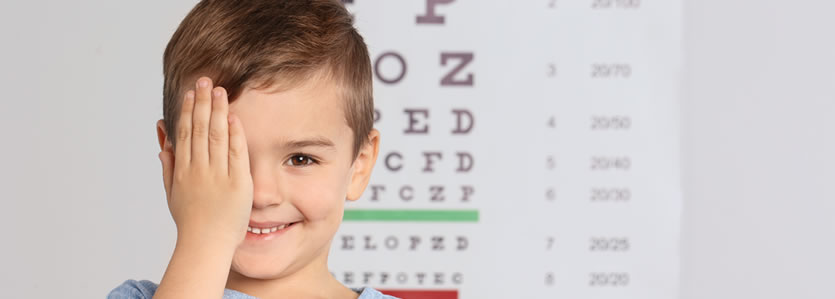Treatment Strabismus
The treatment of strabismus and/or a lazy eye can be long-term. In most cases, if there are no eye abnormalities, the child will be treated by an orthoptist who will also advise the ophthalmologist and/or orthoptist in his/her decision to have eye muscle surgery. In general, the aim is to first treat the lazy eye before any eye muscle correction is performed. Such an operation is performed in a hospital under anesthesia and is intended to “straighten” the eyes.
- Masking or covering the good eye to improve the vision of the lazy eye.
- If necessary, prescription of glasses to ensure maximum sharpness of the image received by the lazy eye.
- Prescribing glasses for high farsightedness (positive prescription) because this can improve the child’s eye position.
- In some cases it is necessary to prescribe eye drops.
All these treatments require regular check-ups to determine the results. During these checks, the ophthalmologist can discuss the results of the treatment with the parents.
The eye muscle surgery
Sooner or later the decision will be made to “correct” some cross-eyed children. Eye muscle surgery is then performed, in which the eye muscles attached to the outside of the eyeball are weakened or strengthened by moving or shortening them. This can happen in one or both eyes. Children are always operated under general anesthesia. It varies per hospital whether the child must be admitted for the operation or whether the procedure takes place as a day case.
After the operation, the eyes will be red and somewhat swollen and painful. Eye drops may be prescribed. The child should not play in the sandbox during the first few days after the operation. Swimming is also not recommended immediately after surgery due to the risk of infection. In most cases, the operation has sufficient cosmetic results. Sometimes a second operation is necessary, for example in the case of a clear under- or overcorrection.
In case of eye muscle surgery at an older age, it is very important to carefully investigate in advance the risk of double vision after surgery. Sometimes the brain is so well adapted to the existing strabismus that it is impossible to correct a cosmetically disturbing strabismus without causing double vision. In that case, surgery should be avoided.
We do not perform the above-mentioned eye muscle surgery in our clinic. You will be referred for further information and/or treatment.


